There potato blightcaused by the pathogen Phytophthora infestansrepresents one of the most harmful and widespread diseases affecting the potato crops all over the world. This parasitic fungus is responsible for severe damage to potato plants, resulting in significant economic losses for farmers. In today’s article we will explore the characteristic symptoms of potato blight, the damage it causes on crops and the biological defense strategies that can be adopted to effectively combat this disease. With an approach oriented towards sustainability, more and more farmers are taking an interest in biological solutions to protect their crops, reducing the use of chemicals harmful to the environment and human health.
We will find out which agronomic techniques and biological treatments are most effective for preventing and managing potato downy mildew, thus helping to guarantee the safety and quality of agricultural production.
Phytophthora infestans: predisposing environmental conditions
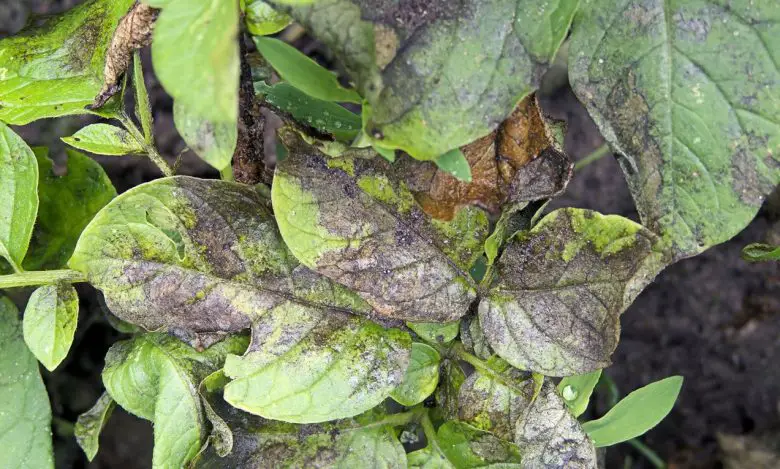
Phytophthora infestans is a parasitic fungus belonging to the family dei Peronosporaceae. It is the causative agent of late blight of the potato, but also of tomato blight.
The environmental conditions that favor the attack of Phytophthora infestans on potato plants are mainly characterized by high humidity and moderate temperatures. This fungus develops and spreads rapidly in humid environments, such as those typical of spring rains or poorly watered crops. Furthermore, temperatures between 10°C and 23-24°C are favorable for the growth and propagation of the fungus.
The spores of Phytophthora infestans they are airborne or waterborne and can infect potato plants at different stages of their growth cycle. The spores remain in the residues of the previous diseased crops and in the soil, in the form of overwintering mycelia. Furthermore, the fungus is preserved on infected and then harvested potato tubers, representing a source of infection for new seedlings when the diseased tubers are used as seeds.
Potato plants are particularly susceptible to downy mildew attack during the different phases of vegetative growth and tuber production. Humidity and moderate temperatures favor the germination of the fungus spores and their penetration into leaves and plant tissues. Once infected, plants show a number of characteristic symptoms, let’s see them.
What are the symptoms of potato blight?
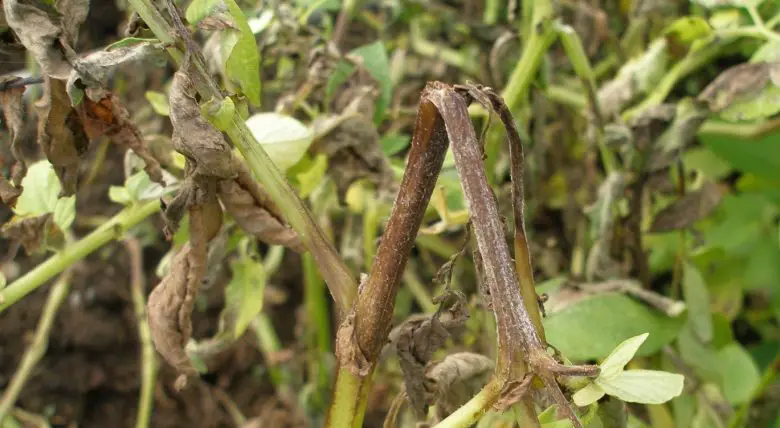
The symptoms of potato blight are quite typical, especially those on vegetation.
The first parts to be affected are the leaves, with the appearance of dark green or purplish-brown spots. Initially, the spots may be circular and small in size, but they spread over time. Infected leaves tend to yellow irregularly. They can also wilt and dry out, often starting from the edge towards the center.
The stems are also affected and may present dark or necrotic lesions, which lead to stem rot and desiccation of the plants.
In conditions of high humidity, small white or gray filaments, a kind of mold, can form on the underside of infected leaves. These filaments are made up of sporangia, the structures that produce the fungus’ spores.
During the advanced stages of the infection, the sporangia penetrate the soil and the potato tubers are also affected. They may rot altogether or develop extensive dark brown spots. This can lead to a significant loss in the quality and quantity of the harvested tubers.
What are the damages of late blight to potato crops?
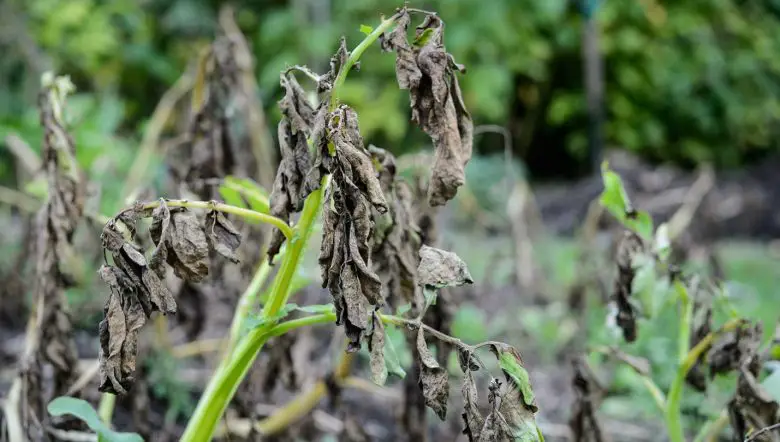
The damage to potato crops can be more or less extensive, depending on the severity of the downy mildew infestation.
The attack of Phytophthora infestans can lead to a significant reduction in the yield of potato crops. Infected plants may produce smaller sized or poor quality tubers. Potato blight therefore poses an economic threat to farmers, as it can cause major losses in potato production, directly affecting their incomes. The disease can spread rapidly in potato crops and, if left unchecked, can infect the entire plantation in a short time, increasing the risk of infections in subsequent years.
It is therefore important to take appropriate control measures to prevent the spread of disease and minimize damage to potato crops. Integrated management, which includes cultural practices and biological treatments, is essential to protect crops from potato blight.
What are the agronomic techniques to prevent late blight of potatoes?
To prevent potato blight and reduce the incidence of the disease, it is possible to adopt various preventive agronomic practices.
First of all, the crop rotation, avoiding the cultivation of potatoes or other nightshades in the same soil for consecutive periods. Crop rotation helps interrupt the life cycle of the fungus and reduce the presence of spores in the soil. Destroy previously infected vegetation and do not leave it in the field.
It is also necessary to choose potato varieties that show greater resistance to downy mildew. Resistant varieties are less susceptible to attack by the fungus and can help reduce damage to crops, obviously healthy vegetative material must be used.
It is also important to keep the soil well drained to reduce humidity and prevent the formation of favorable conditions for the proliferation of the fungus, thus avoiding the accumulation of stagnant water in the field.
Another positive cultivation practice is the removal of weeds in the field, as they can act as reservoirs for the spores of Phytophthora infestans. On potato crops, weeds can be kept under control with the periodic tamping.
In field management use proper irrigation practices, such asflood irrigationto avoid phenomena of water stagnation which can favor the development of downy mildew.
Finally, it is important to keep tabs on weather forecasts and monitor environmental conditions, especially humidity and temperatures. This can help predict favorable periods for the attack of the fungus and take preventive measures in a timely manner.
The combined implementation of these preventive agronomic practices can reduce the occurrence and spread of potato blight, helping to maintain crop health and productivity.
What to use to fight downy mildew?
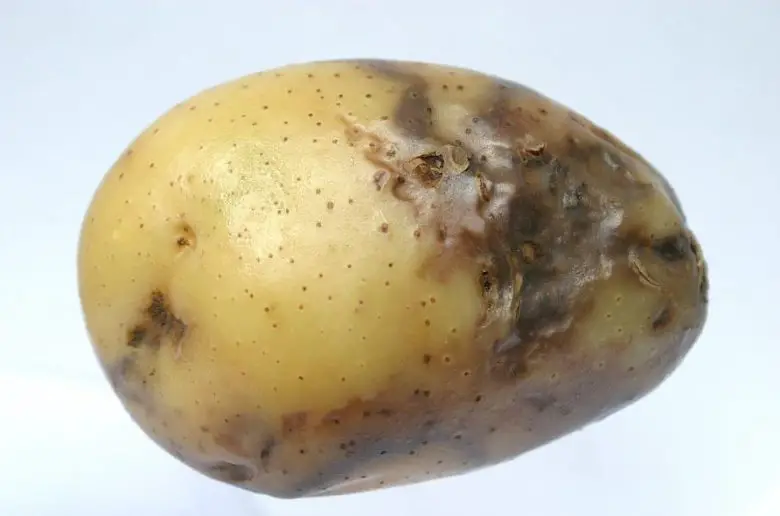
In organic farming, to counter the downy mildew of the potato, there are several available permitted treatments which can be used.
Copper-based products are historically the most used. In fact, copper is an authorized fungicide in organic farming for the control of downy mildew. Copper-based products are available, such as copper sulphate, copper oxychloride, or copper Bordeaux mixture, which are used to reduce the incidence of the disease. However, it is important to carefully follow the recommended doses and methods of use to avoid accumulation of copper in the soil.
In a small home garden it is possible to use some plant extracts, such as horsetail macerate, with recognized antifungal properties and effective in the control of downy mildew. The horsetail macerate acts by stimulating the natural defenses of plants and helps to reduce the onset of the disease.
In recent years, in innovative organic agriculture, treatments based on antagonistic microorganisms are gaining ground. Some beneficial microorganisms, such as the Trichoderma spp. or the Bacillus subtilis, can be used to combat late blight of potatoes. These microorganisms are used on the ground and act as antagonists to the pathogenic fungus, competing for resources and reducing its growth.
When do you give copper to potatoes?
Copper-based treatments against late blight of potatoes must be carried out strategically and following specific recommendations. So let’s see some general guidelines on the use of copper in organic farming for the control of downy mildew.
First, it is important to start preventive treatments before late blight develops and spreads. Copper application should begin when environmental conditions become conducive to the onset of disease, such as increased humidity and moderate temperatures. Treatments usually begin when the potato plants have reached an early vegetative stage.
Subsequent applications of copper should be made at regular intervals, following the specific recommendations of the product being used. Typically, the time intervals between applications range from 7 to 14 days.
Carefully follow the recommended doses and concentrations for your chosen copper product. Excessive use of copper can lead to buildup in the soil and potential negative effects on the environment. It is important to respect the indicated doses and not to exceed them.
Here you will find a selection of copper-based products suitable for organic farming.
Copper, to counteract downy mildew should be applied as a treatment. Copper-based formulations, such as copper sulfate, are usually diluted in water and applied to plants through sprayers or atomizers. Be sure to adequately cover the leaves and stems of the plants.
Avoid applying copper during periods of heavy rain or high winds, as this may reduce the effectiveness of the treatment. It is advisable to carry out the applications in calm atmospheric conditions, during dry days and with forecasts of minimal rain in the next 24-48 hours.
Follow the safety rules indicated on the packaging of the copper product. Use appropriate personal protective equipment, such as gloves and goggles, when preparing and applying the treatment.


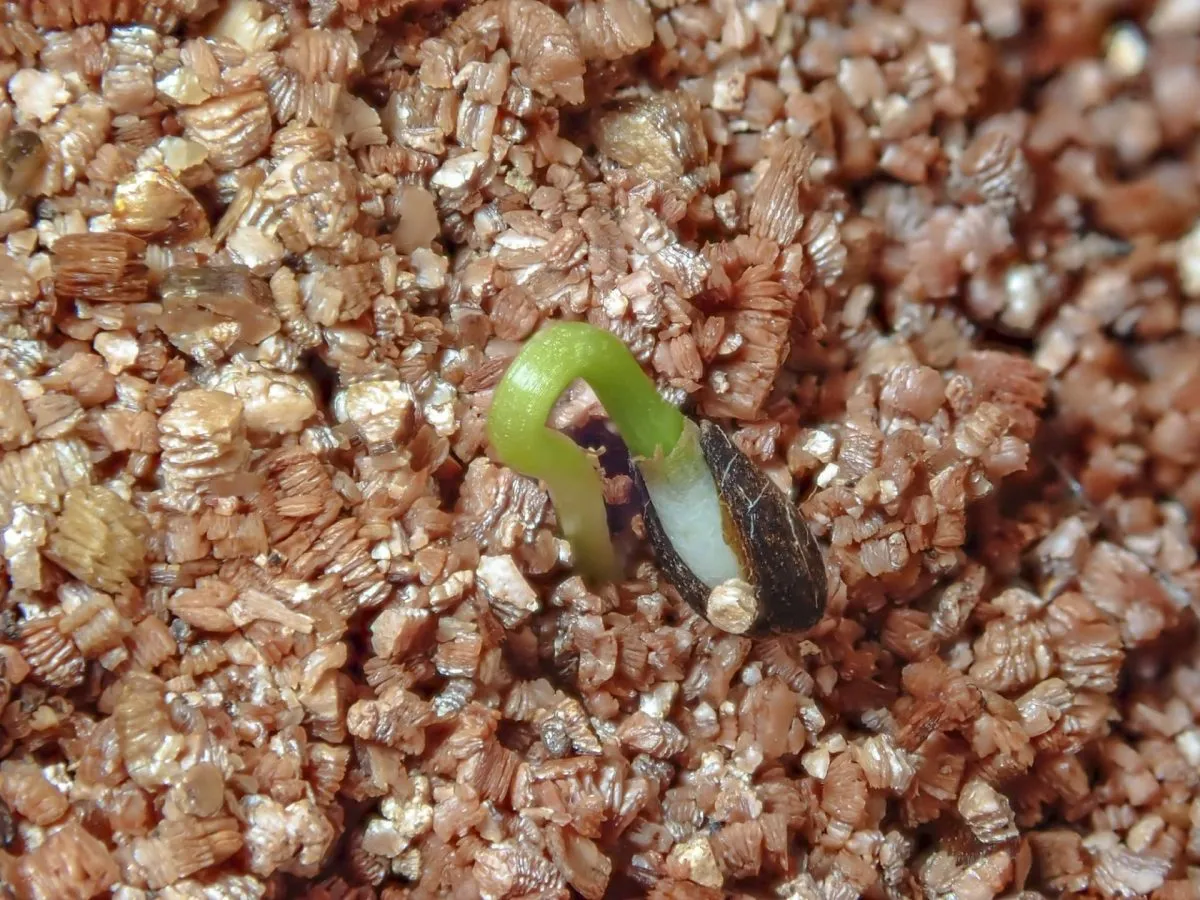
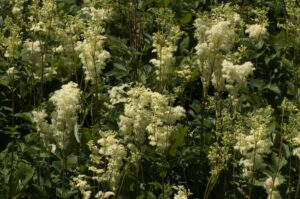
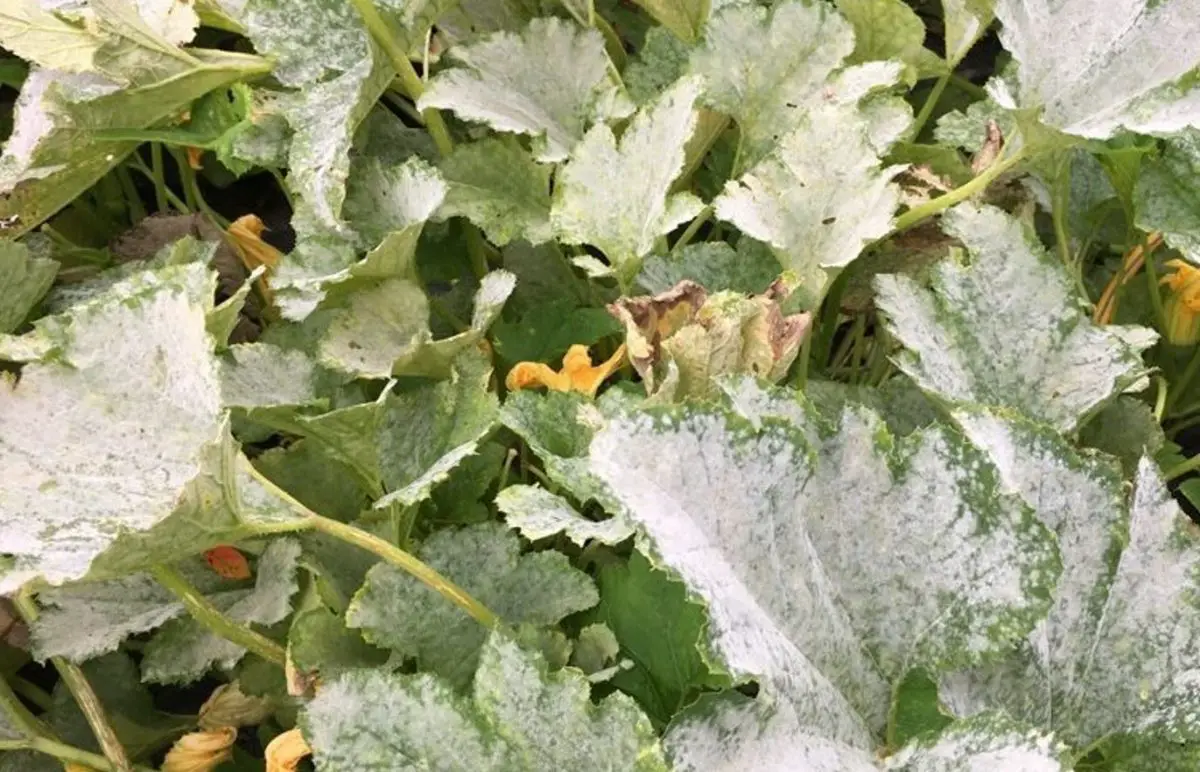


Start a new Thread